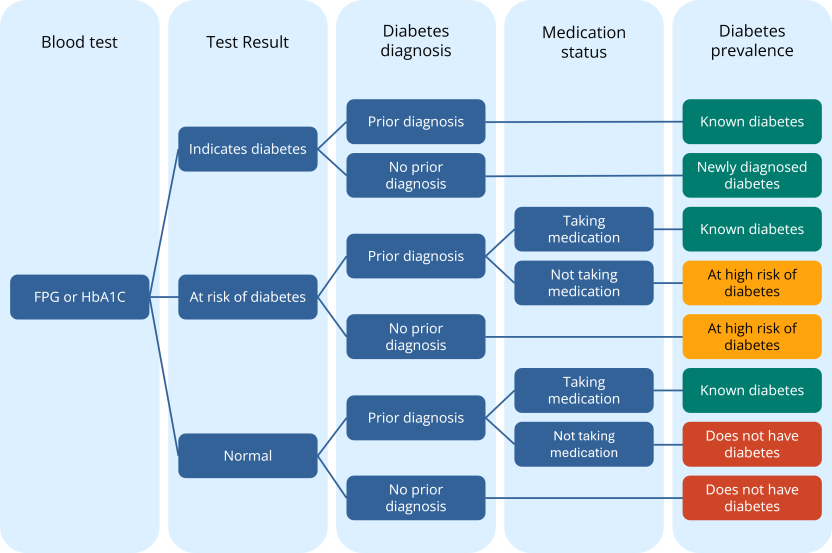The ABS has developed this release in consultation with the ABS’ Aboriginal and Torres Strait Islander Health Surveys Advisory Group, a group of external stakeholders who guided the content and release of data from this survey. Subject matter experts were asked to review these results and commentary before publication. For more information, see ‘Acknowledgements’.
Any reference to persons/people/peoples in this product refers to Aboriginal and Torres Strait Islander persons/people/peoples.
This release presents weighted test results for people who participated in the National Aboriginal and Torres Strait Islander Health Measures Survey 2022–24.
The ABS recommends that users refer to the methodology for important information that will help with interpreting these statistics. This includes information on response rates, coverage and sample bias. Undercoverage is higher in the National Aboriginal and Torres Strait Islander Health Measures Survey 2022–24 compared to other ABS surveys and caution is recommended when using these estimates.
